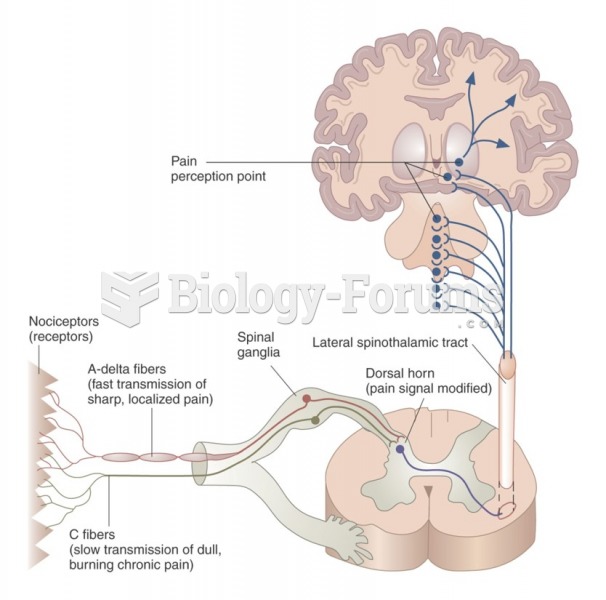Answer to Question 1
Describe at least three of the four person perception principles described in the book. 3 points; 1 each for any 3 of the following:
- Your reactions to others are determined by your perception of them, not by who or what they really are; you treat others as you perceive them to be
- What you want to achieve determines what you look for in another person; we tend to look for those features in another person that relate to our goals in talking to them
- We have norms for behavior in certain situations and we judge people by how well they adhere to those rules; there are social norms that we evaluate others against
- What we like and dislike about ourselves influences our evaluation of others; how we see ourselves to be influences how we act toward someone else
Answer to Question 2
Describe at least three methods of increasing self-esteem. 1 point for any 3 of the following:
- Succeed at something perceived as worthwhile; get yourself to do something perceived as worthwhile but that you don't want to do
- Cognitive restructuring; change negative self-talk to positive self-talk so that you don't shoot yourself in the foot
- Cognitive restructuring; give the inner critic a name to externalize it
- Cognitive restructuring; identify thought distortions that keep you from doing something or that lock you into thinking negative thoughts about yourself
- Cognitive restructuring; keep a mood log; label your thought distortions and think of a positive thought to replace the negative one
- Cognitive restructuring; refute the inner critic
- Cognitive restructuring; employ thought-stopping procedures
1 point for why these improve self-esteem. Any of the following, or something similar:
- Succeeding at something: You need something to feel good about, before you can feel better about yourself
- Cognitive restructuring: Any of these activities work because it is our negative self-talk and thought distortions that can (a) interfere with our willingness to try something, or (b) distort our perception of what happened even when we do succeed at something.







